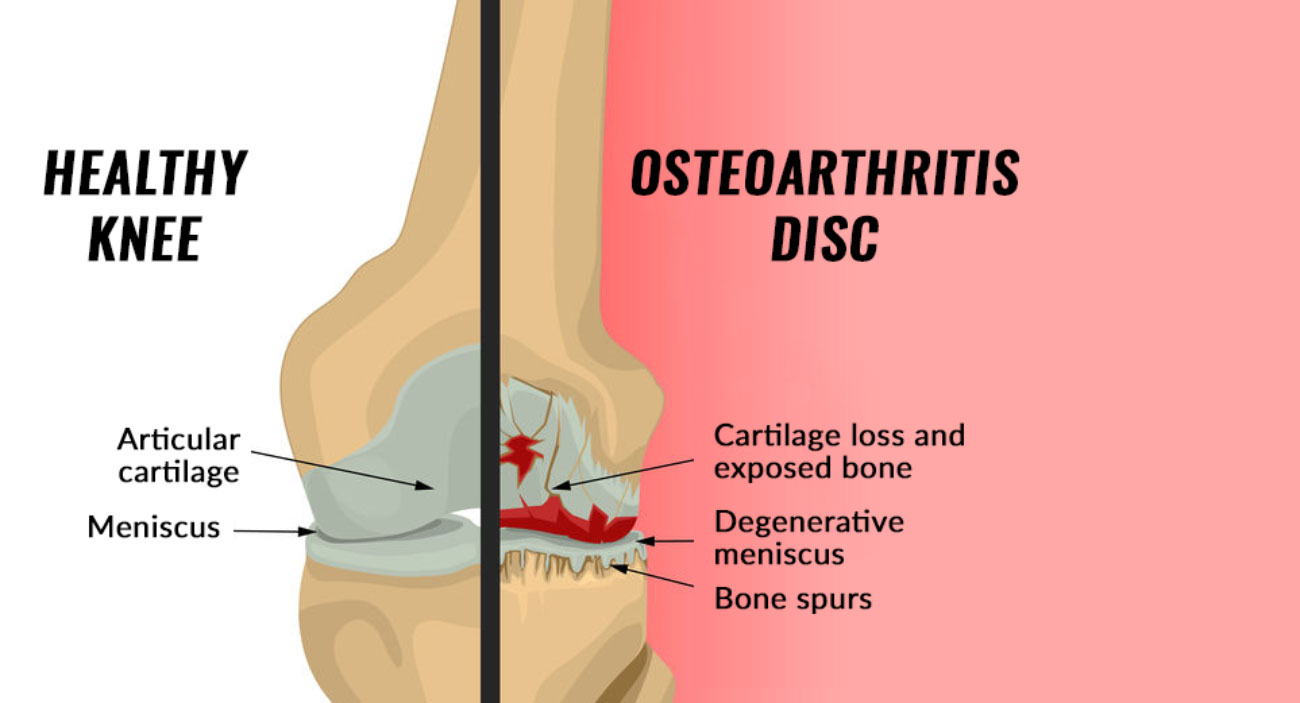Sports Medicine
Dr. Kenneth Tuan and his staff are committed to providing the very best sports injury care for athletes of all abilities. Whether it is a sprain or a more serious injury, Dr. Tuan will be able to diagnose the problem and initiate prompt treatment.
Many sports injuries may be treated non-surgically with physical therapy, but surgery may be required at times. Dr. Tuan will be able to counsel you as far as the ideal treatment is concerned.
Dr. Tuan takes pride in customizing the treatment plan according to the injured athlete’s goals and time frame for recovery. A safe return to sport with minimal risk for re-injury is Dr. Tuan’s top priority.
Let Dr. Tuan and his staff at Orthopaedic and Rehabilitation Specialists get you back in the game!
Learn more about concussion care.
ACL Surgery
ACL surgery is the surgical reconstruction of the anterior cruciate ligament (ACL) in the knee. Very few ACL injuries can be repaired, and so ACL surgery is largely aimed at reconstructing the ligament using tissue graft.
What is the anterior cruciate ligament (ACL)?
What is anterior cruciate ligament (ACL) surgery?
ACL surgery is the surgical reconstruction of the anterior cruciate ligament (ACL) in the knee. Very few ACL injuries can be repaired, and so ACL surgery is largely aimed at reconstructing the ligament using tissue graft.
What is tissue graft?
Who needs ACL Reconstruction?
What happens after ACL surgery?
Physical therapy is an important part of recovery from ACL surgery. This is started after the first post-operative visit with the surgeon at one week. The brace is typically worn for 4-6 weeks after surgery and therapy is continued until the patient feels confident in performing all exercises on their own.
The goal of ACL surgery is to return the patient back to their prior level of function and sports participation. This is generally achieved by 6 months after surgery. The exact timing of return to sports may differ with each patient, but 6 months is an approximate average.
Anterior Cruciate Ligament Rupture
cartilage Injury
Articular cartilage is the smooth, shiny white covering of the bony surfaces in a joint. This is distinctly different than the “gristle” cartilage inside the knee called the meniscus (discussed separately). It provides a smooth gliding surface and helps to transmit forces across the joint. The cartilage surfaces inside a joint are vital for pain-free movement and activity.
What is cartilage injury?
When cartilage is injured, a defect or “hole” may develop in the normally smooth surface covering the bone. This surrounding cartilage may have a flap which may catch and give pain during activity, or the defect may become larger with time. The end result is pain and / or catching sensations which impair one’s ability to perform sports or even every day activities.
Why are cartilage injuries problematic?
The main problem with cartilage injuries is that they have no significant ability to heal themselves. Once the cartilage is damaged, it stays damaged and may require treatment if pain or catching symptoms persist.
How are cartilage injuries diagnosed?
Your physician will need to perform a thorough history and physical exam. X-rays are typically performed, even including weight-bearing views if necessary. If enough suspicion exists for a cartilage injury, an MRI is often ordered. Even with MRI studies, cartilage injuries can be difficult to definitively diagnose. Many times, arthroscopy may be offered if enough suspicion exists that a cartilage injury is present.
What are the treatments for cartilage injury?
This depends on the severity of the injury. Many times, a period of rest may be the only treatment in order to let the symptoms subside.
Surgical intervention may be warranted if non-surgical treatment fails, or if painful catching persists or develops. There are several options if surgery is performed. This can range from simply removing or “cleaning up” the loose fragments or flaps of cartilage to alleviate any painful catching symptoms to even transplanting cartilage cells into the defect. Occasionally, more than one surgery will be needed depending on the size and nature of the defect. The recovery times for each of these different procedures will obviously vary, and your surgeon will be able to counsel you on the treatment options that would be best for your particular injury.
Meniscus Injury
A meniscus is a tough fibrous cartilage inside the knee. It rests between the femur (thigh) bone and the tibia (shin bone). There are two menisci in the knee, one on the medial side (towards the inside) and one on the lateral side (towards the outside).
What is the function of the meniscus?
How do meniscus injuries occur?
What are the symptoms of a meniscus tear?
How is a meniscus tear diagnosed?
What is the treatment for a meniscus tear?
Typically, a meniscus tear is treated with arthroscopic surgery in order to repair (using stitches) or remove (”cleaning up”) the torn part. Sometimes, a patient may have both arthritis as well as a meniscus tear, and your surgeon will be able to determine if arthroscopic surgery will be beneficial. Recovery time after arthroscopic knee surgery for meniscus tearing can be as fast as 4-6 weeks but this may be as long as 4-6 months if a repair (with stitches) is performed.
Ready to Talk?
Contact Us



